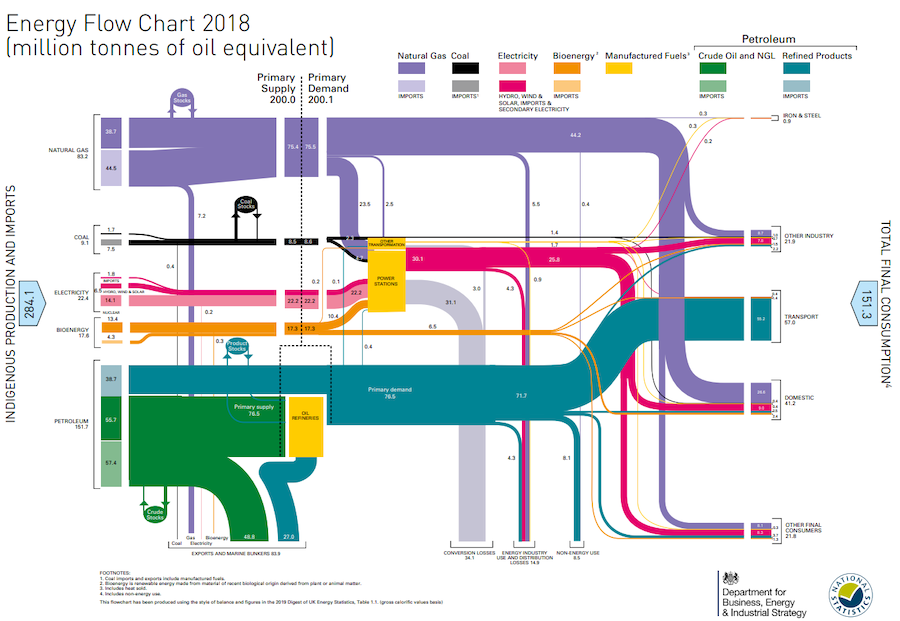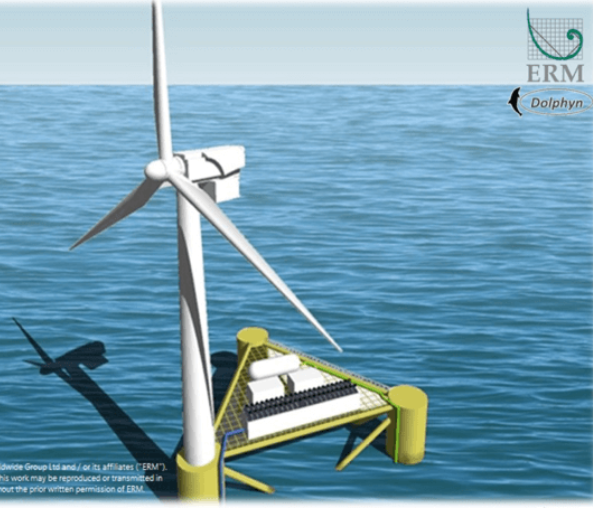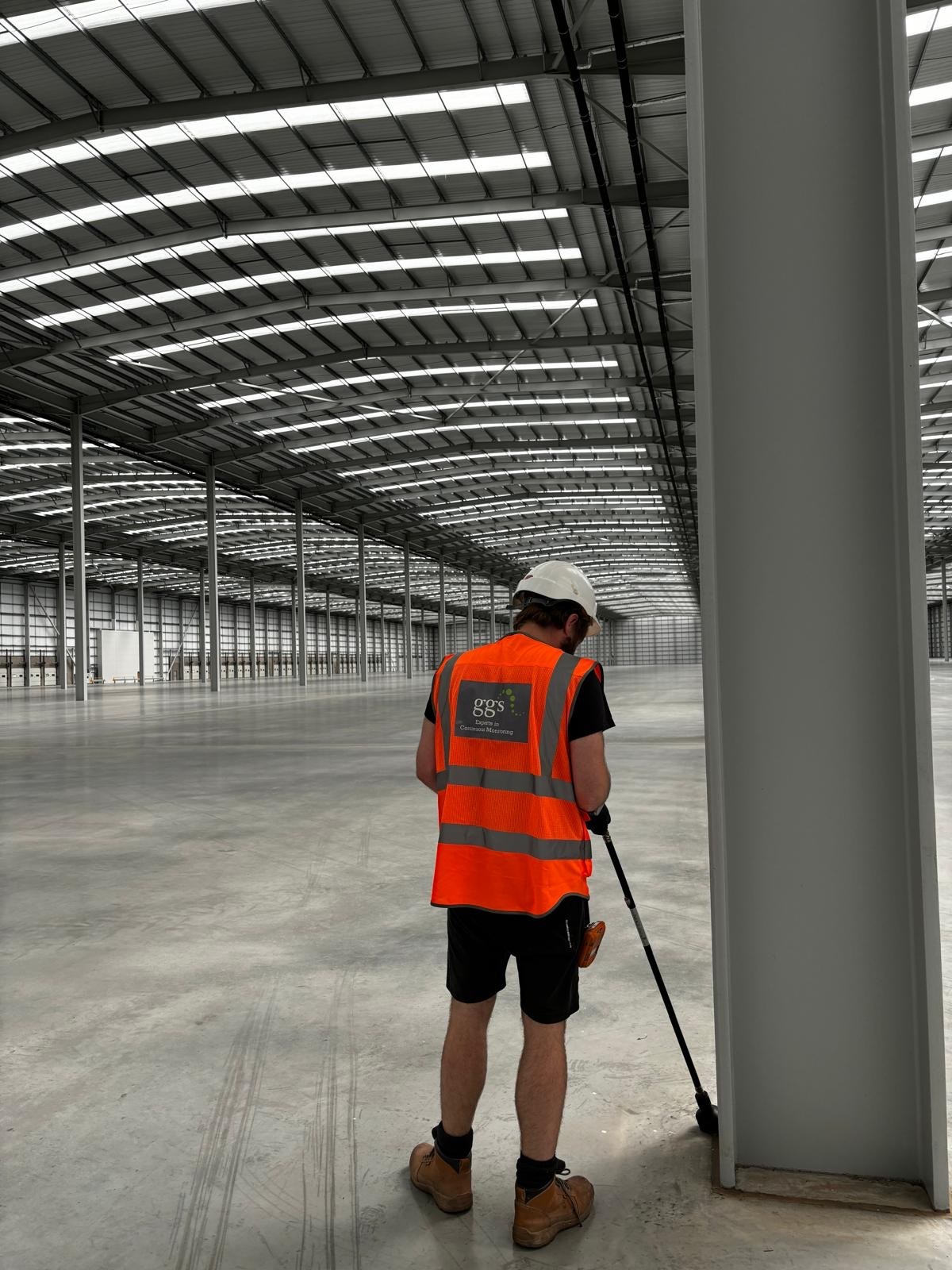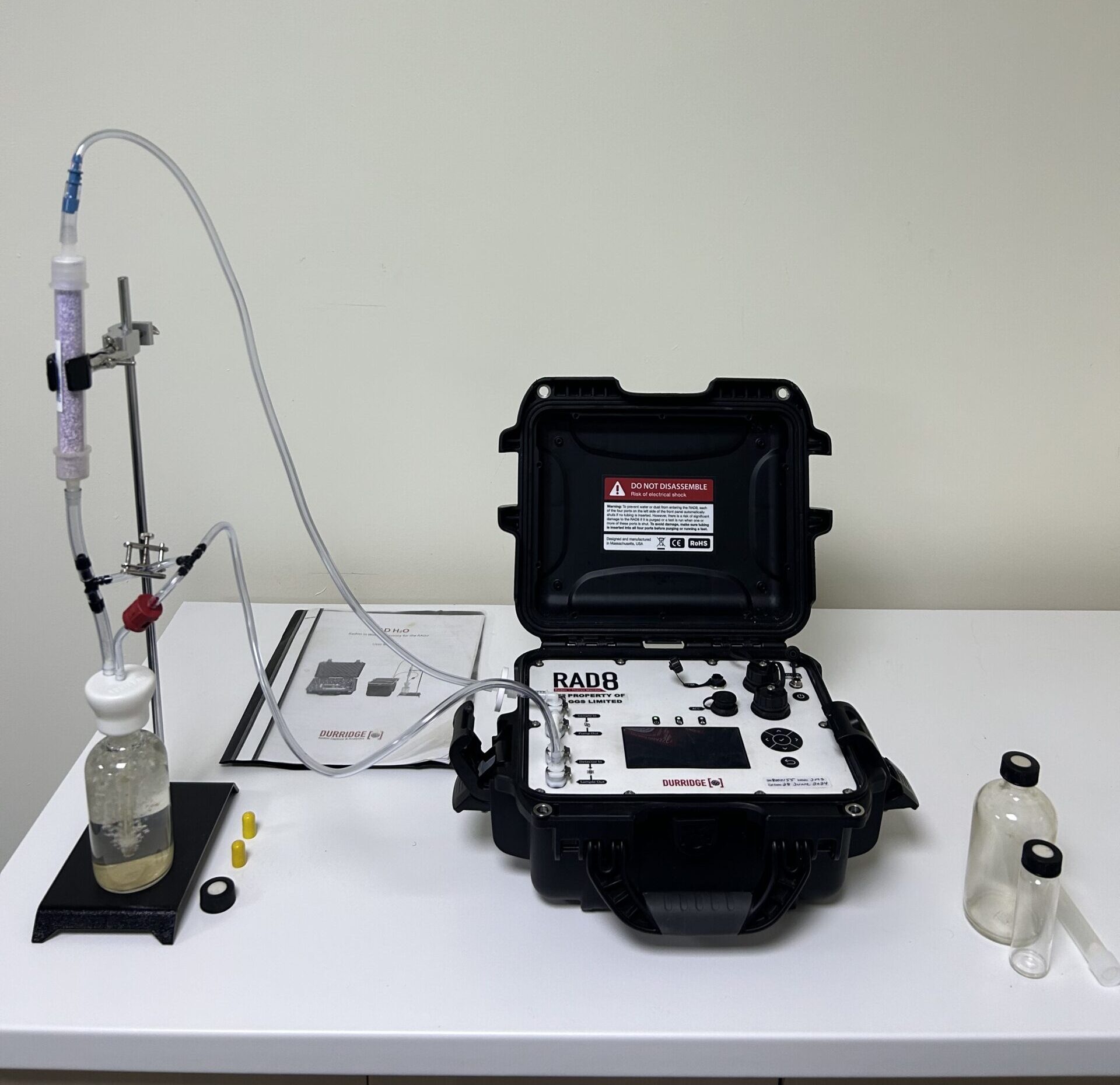The forthcoming 2020 United Nations Climate Change Conference, otherwise known as COP26, to be hosted by the UK in November 2020 will hopefully be a tipping point where sustainability rhetoric is converted into action.
Although, not receiving much media attention, the UK has already made considerable progress in building the foundations of a Net Zero carbon emissions target by 2050 and is well positioned to be a world leader, not only in championing this target, but in delivering it.
A conference on Carbon Capture and Storage (CCS) and Hydrogen Decarbonisation was held in Birmingham at the start of February and was attended by over 200 government officials, energy experts, utility service providers, researchers and consultants.
While the UK currently produces and imports 284.1 Mtoe (2018 data) (1 Mtoe = 11.63 TWh) with only 9% produced by renewables (see UK Energy Flow Chart below), this can be changed through a combination of measures that are on the point of being developed. These include the use of more sustainable lower carbon transition fuels before 100% sustainable energy is achieved by around 2100.

This will be achieved by moving the UK economy off fossil fuels to renewable electricity and hydrogen, with hydrogen potentially being the big game changer. Currently hydrogen is mostly produced from fossil fuels without CCS (Grey H2) through steam methane reforming. However, there are plans to ramp up production with CCS (Blue H2) in the next decade at a number of industrial hubs around the country including Merseyside, Teesside, Humberside and the Thames Gateway. Again, this will need a natural gas feedstock.
Blue H2 represents a transition fuel that will still see the UK using 80% of today’s natural gas consumption by 2050. However, with CCS and offsetting through tree planting, this would deliver the Net Zero Carbon Emissions target. The CCS will be achieved through flue gas capture, transportation through existing pipelines to depleted gas reservoirs in the North and Irish seas. This would deliver by 2050.
The ambition is to utilise the UK’s continental shelf wind to generate large scale ‘Green H2’. Government funded research is being carried out in the Dolphyn project to combine floating wind turbines and electrolysis plants to produce offshore hydrogen. This would then be piped to shore through existing redundant oil and gas pipelines in the North Sea. The first 2MW trial is scheduled to be constructed off the coast of Scotland in 2023.

The planning for initially introducing a 20% hydrogen mix into the natural gas network is underway with the final objective of converting it to 100% hydrogen between 2070 and 2100. This would allow the existing stock of gas central heated residential homes to be converted to zero emission ‘Green H2’ at relatively low cost.
Other hydrogen and CCS projects include:
- Aberdeen Vision – potential to blend 2% hydrogen at St Fergus and build hydrogen pipeline
- HyDeploy 1 and 2 – testing 20% hydrogen blend at Keele University and then in public network
- H21 North of England studied potential of 100% hydrogen across major cities (3.7m customers), and now safety testing on gas distribution network
- H100 will test 100% hydrogen in small new-build area in Scotland
- BEIS Hy4Heat programme testing appliances, safety in home, and colourants etc for hydrogen
- HyNTS examining injecting hydrogen into the NTS
- Plans for 16 hydrogen filling stations for buses in London and Aberdeen
- Plans for hydrogen powered trains
- Future Billing to ensure customers to be charged on energy content rather than volume
- Real-Time Networks to measure energy content of different gases in the network
- Major feasibility studies and early stage projects including CCS and hydrogen in most clusters:
- Scotland – Acorn: Full-chain CCS linked to hydrogen production
- North West – HyNet: CCS on existing ammonia plant and then hydrogen production to industry
- Zero Carbon Humber: CCS on biomass to provide negative emissions and hydrogen
- Teesside Collective: CCS industrial zone and CCS on gas-fired power generation
Government funding includes:
- £170 million: Industrial Cluster Decarbonisation ISCF challenge – just launched
- £315 million: Industrial Energy Transformation Fund (half on decarbonisation) – 2020 launch
- £100 million: Low Carbon Hydrogen Production Fund – 2021 launch
- £250 million: Clean Steel Fund – 2023/24 launch (TBC)
- Business models for CCS, plus £800 million for CCS infrastructure (TBC)
The following infographic is an example of the inter-relationships in the proposed North West HyNet Project – one of the five main industrial hydrogen hubs.

On 18th February the UK Government department, BEIS, announced the results of the Phase 2 Hydrogen Supply Competition. Five winning projects have been awarded a total of £28 million.
The details of the winning projects can be found here.
The following pages include news articles, videos, guidance notes and white papers on a range of ground gas related topics which we hope you will find of interest. Please browse through but if you can’t find something on your particular issue of interest, we’d be very pleased to hear from you so we can put that right.

Establishing a new warehouse involves managing numerous moving parts such as ensuring operational systems are in place, training staff and coordinating logistics. Amidst this complexity, it’s essential to remain compliant with environmental and safety regulations.
One important aspect is managing and mitigating ground gas risk. Keep reading to learn about the process and what to expect.




